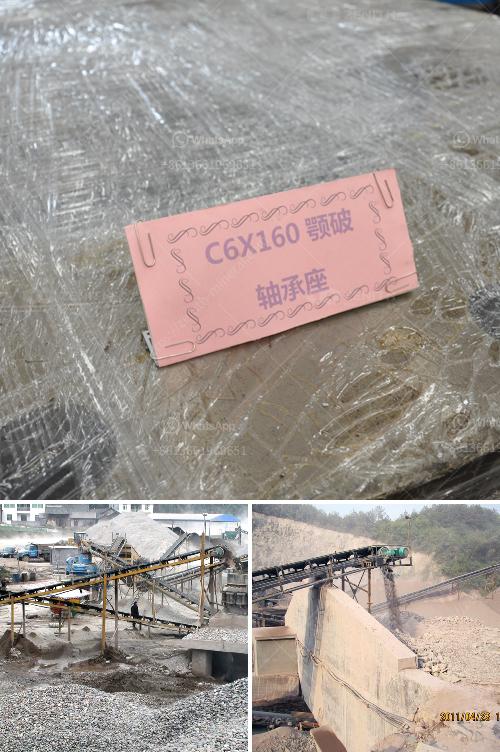Installing a conveyor belt for a coal mill is a complex task and should be performed by trained professionals. However, I can provide a general overview of the steps involved.
Safety Precautions:
- Personal Protective Equipment (PPE): Ensure all workers wear appropriate PPE including helmets, gloves, safety glasses, and steel-toe boots.
- Lockout/Tagout: Make sure all power sources are locked out and tagged out before beginning any work.
- Hazard Assessment: Conduct a thorough risk assessment of the area to identify potential hazards.
Materials and Tools Required:
- Conveyor belt
- Idlers/Rollers
- Pulleys
- Belt splicing tools
- Tensioners
- Fasteners
- Measuring tape
- Wrenches and other basic tools
- Alignment tools
Installation Steps:
-
Preparation:
- Ensure the conveyor structure is securely installed and properly aligned.
- Make sure the area is clear of any obstacles.
-
Installing the Pulleys and Idlers:
- Position the head and tail pulleys at their designated locations.
- Mount idlers and troughing frames along the length of the conveyor, ensuring proper spacing as per manufacturer recommendations.
-
Belt Installation:
- Unroll the conveyor belt and lay it flat.
- Use a belt winch or another type of lifting equipment to raise the belt into position, ensuring it does not twist.
- Ensure the belt is centered over the pulleys and idlers.
-
Splicing the Belt:
- If the belt is too long, you may need to splice it. Follow the belt manufacturer's guidelines for splicing.
- Use appropriate splicing tools to ensure a strong splice.
-
Tensioning the Belt:
- Use belt tensioners to apply the correct tension to the conveyor belt. Follow the manufacturer's recommendations for the proper tension level.
- Make sure the belt tension is even across the entire width of the belt.
-
Alignment:
- Check the alignment of the belt. It should run centrally over the pulleys and idlers.
- Adjust the tracking if necessary to ensure smooth operation.
-
Testing:
- Remove all tools and ensure that the area is clear.
- Conduct a test run to ensure that the belt runs smoothly and correctly.
- Check for any unusual noises or misalignment and make adjustments as needed.
-
Final Inspection:
- Perform a detailed inspection to ensure all components are securely installed and properly adjusted.
- Verify that safety guards and other protective measures are in place.
Maintenance:
- Regularly inspect the conveyor belt and its components for wear and tear.
- Lubricate moving parts as per the manufacturer's recommendation.
- Address any issues immediately to prevent further damage.
Always refer to the specific installation and maintenance instructions provided by the conveyor belt manufacturer, as all systems and models can have unique requirements.

